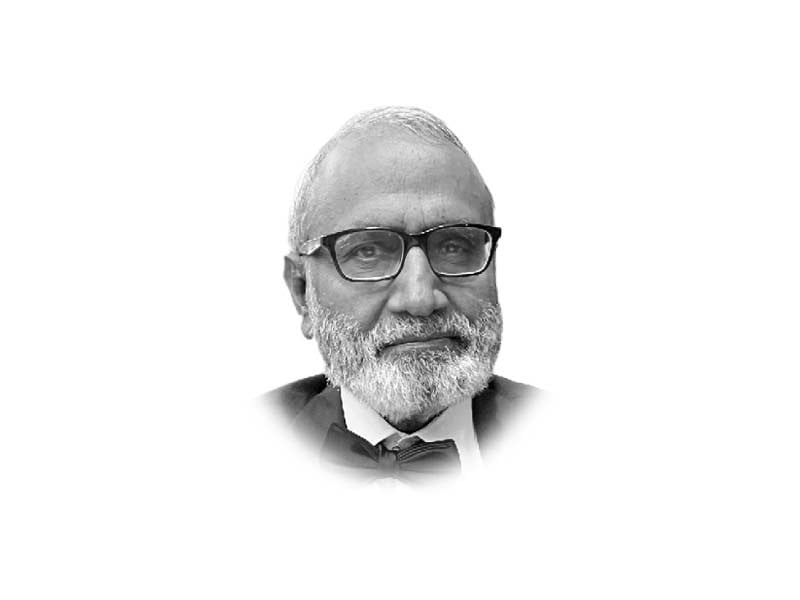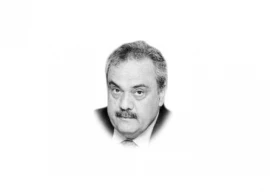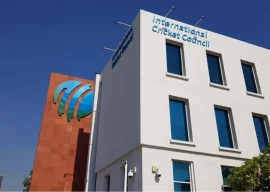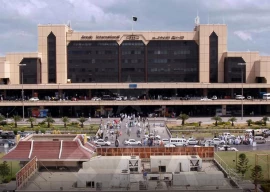
Besides the expected explainers on security and its nexus with politics, the first presser by the new DG of ISPR revealed interesting information on some economic, developmental and budgetary aspects. The people were spared the usual lecture on the importance of a growing economy for national security.
The economy is in dire straits because, among other things, the budget of the federal government is completely out of balance. It demands burden sharing, not just by the privileged in the form of additional taxation, but also by major claimants of revenue. In the first six months of the current fiscal year, the total revenue of the federal government was Rs2,463 billion.
All of this revenue, and more – Rs2,573 billion to be exact – was spent on interest payments. In other words, the federal government bore all other expenditures by borrowing at the historically high interest rates prevailing these days. At Rs639 billion, defence was the largest head of expenditure. In this background, the economy measures announced at the presser could only be welcome.
There is a longstanding debate on the size of defence expenditure. Defence analysts look at it as proportionate to the threat perception. The DG was following this line of thought in observing that the Indian defence expenditure has always been higher than Pakistan. Given the size of the Indian territory and economy, this will always be the case in absolute terms.
Normally, the comparison is made in proportion to GDP. According to the comparable data compiled by the World Bank, Pakistan spent 3.8% of GDP on defence in 2021 against India’s 2.7%. In fact, the GDP share of Pakistan has been higher than India since 1960. Analysts in Pakistan, including this writer, have argued to improve the tooth to tail ratio. It is possible to cut the tail by economising on noncombat expenditure without compromising the combat capability.
Describing the tail as non-operational expenses, the DG informed that a review had been conducted to cut expenditure on fuel, rations, construction, nonoperational procurement, training and non-operational movement. Online meetings, simulator trainings and the use of technology are facilitating these cuts. The DG hinted at a review of operational or combat expenditure but, for obvious reasons, gave no details. Nor did he give any idea of the total financial impact.
In its meeting on February 22, the federal cabinet had approved austerity measures including a 15% cut in the current expenditure of ministries. The only exception was Ministry of Foreign Affairs. Ministry of Defence, it seems, was acting upon the said directive. In this case, it is part of a routine austerity drive. Surprisingly, the military is undertaking a huge amount of development spending in the areas hit by terrorist activity. The ISPR head talked of 3,654 schemes in the merged districts of Khyber Pakhtunkhwa.
These include construction and rehabilitation of markets, educational institutions, hospitals and communication infrastructure. Around 85% of these have been completed. A total cost of Rs162 billion was mentioned. Where did this money come from? In Gwadar, where the army is providing security to the CPEC projects, the army chief announced a number of projects for the welfare of the local people from his own budget. An amount as big as Rs162 billion could not possibly have come from the army’s budget.
Under the 7th NFC, the KP government has been provided Rs417 billion of anti-terror funding since FY2011. Here is perhaps a partial response to the PM who keeps asking about the utilisation of this money dished out by the other three provinces.



1732003896-0/Zendaya-(1)1732003896-0-165x106.webp)
1731914690-0/trump-(26)1731914690-0-165x106.webp)
1732003946-0/BeFunky-collage-(70)1732003946-0-165x106.webp)


1729685382-0/Untitled-design-(57)1729685382-0-270x192.webp)








1731749026-0/Copy-of-Untitled-(3)1731749026-0-270x192.webp)

COMMENTS
Comments are moderated and generally will be posted if they are on-topic and not abusive.
For more information, please see our Comments FAQ